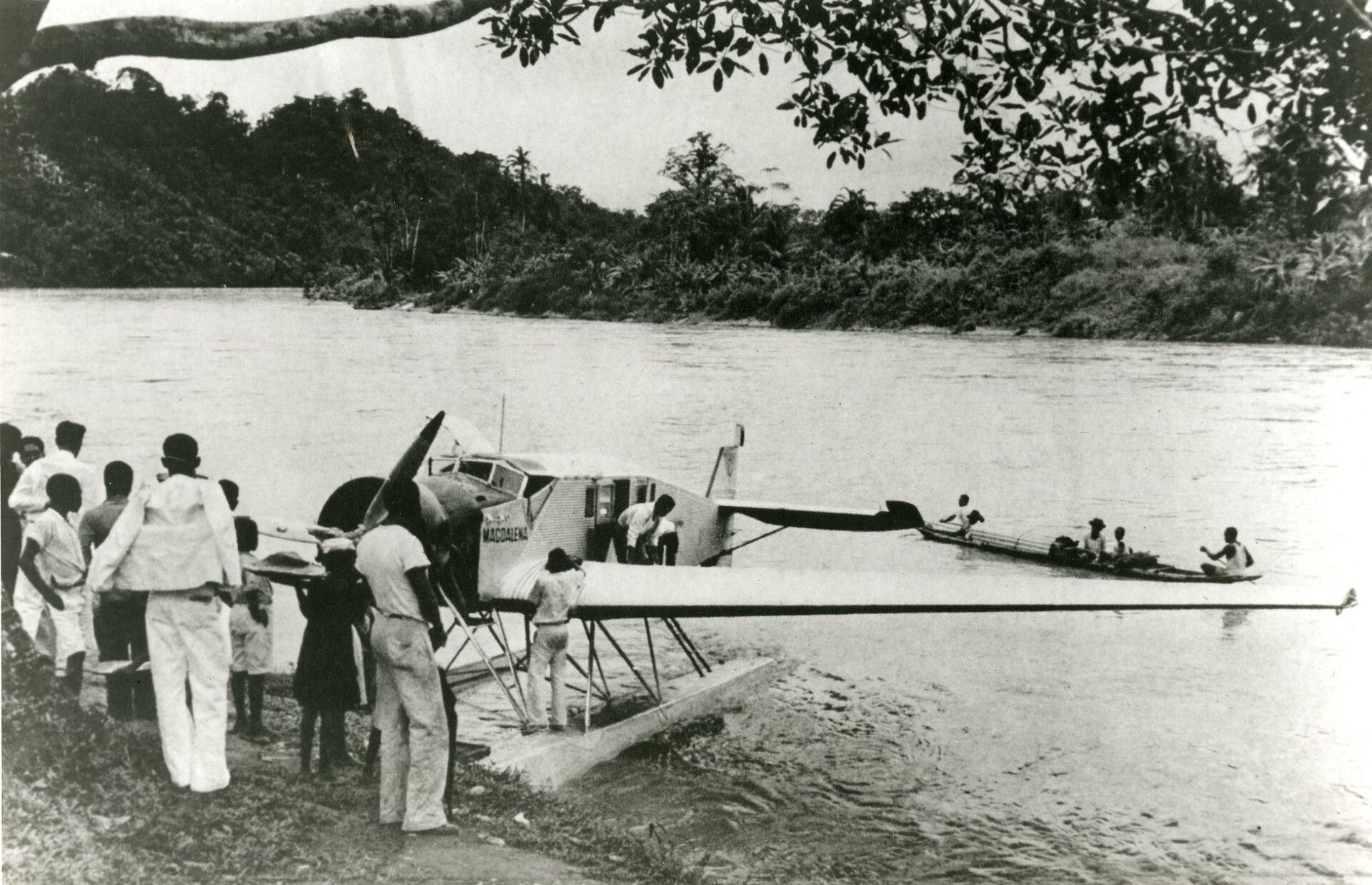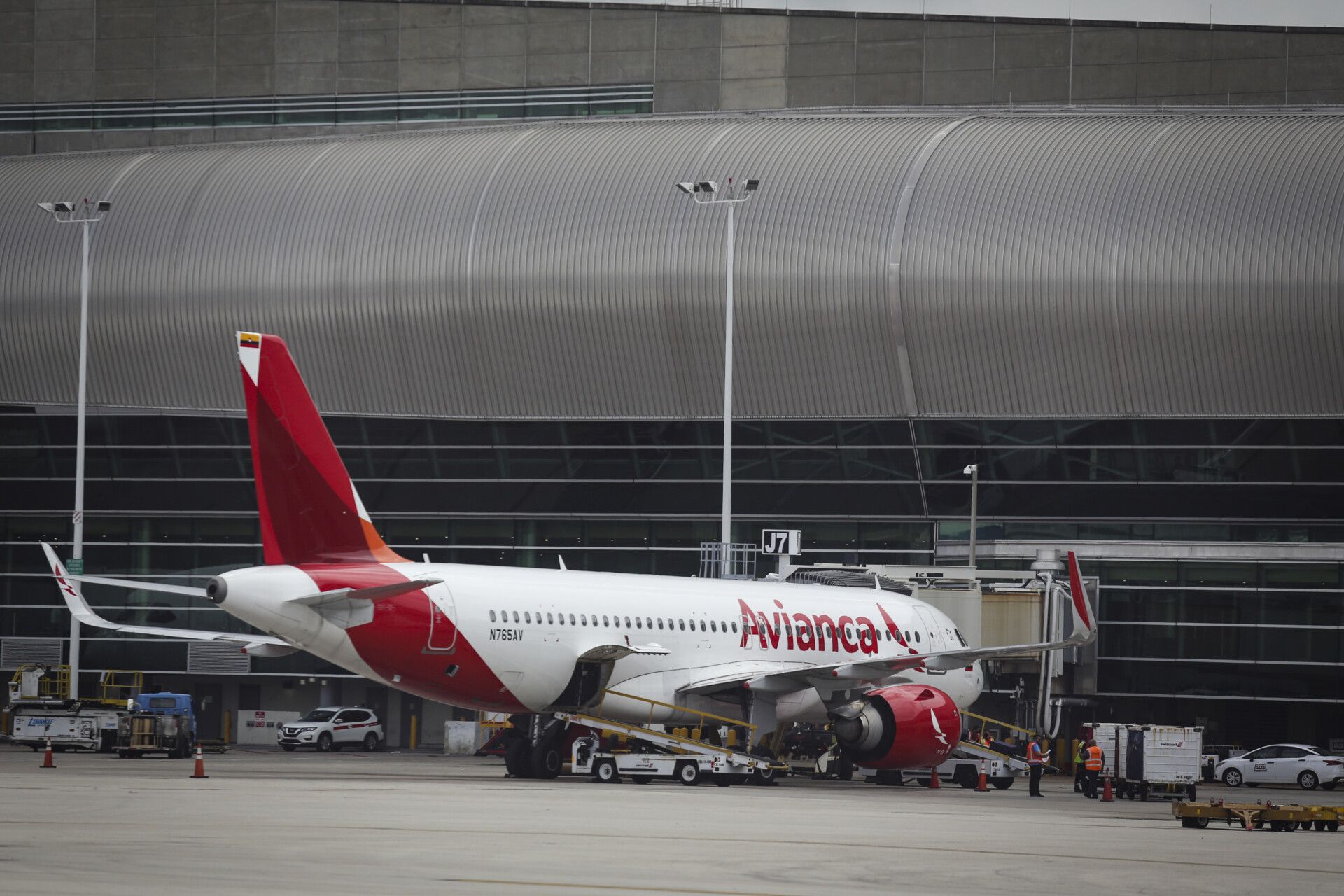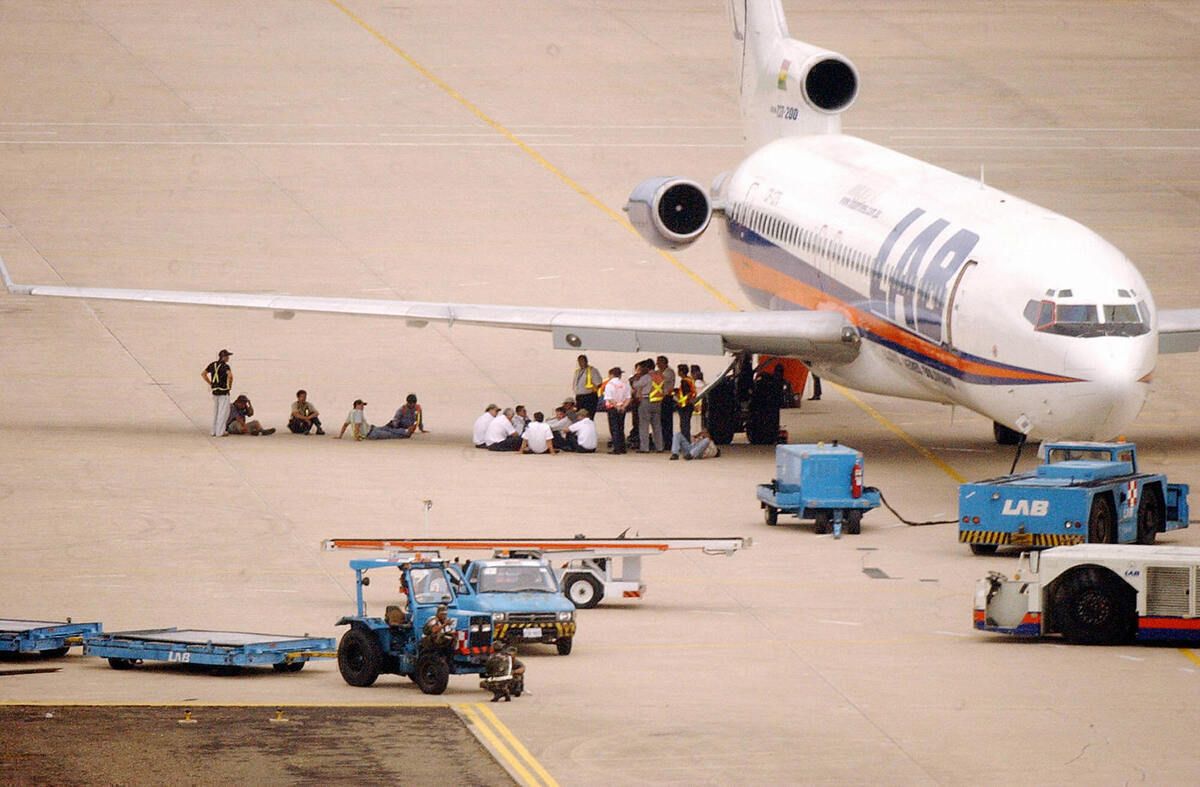Today, South America will have the first flight of its latest airline, the Ecuadorian startup EQUAIR. But the history of airlines across the region can go back to more than a century ago when many entrepreneurs decided to launch their own carriers, of which some became very successful.
So, which airline appeared the first in South America?
We have to travel to Colombia to learn about South America’s first airline. On December 5, 1919, in the city of Barranquilla, three Germans and six Colombians founded Sociedad Colombo Alemana de Trnasporte Aéreo, or SCADTA. While that name has long been dropped, the airline continues to operate until this date, and it is the second-oldest active carrier in the world, behind KLM. Now, we call the airline Avianca.
SCADTA began operations with a fleet of Junkers F13 aircraft. In September 1920, SCADTA made its first flight Between Barranquilla and Puerto Berrio.
The new carrier knew Colombia lacked the infrastructure for airline operations, so it took advantage of the country’s geography. SCADTA used many rivers, like the Magdalena river, as runways.
By the middle of that decade, the airline launched its first international routes to destinations in Venezuela and the United States. In 1930, Pan Am acquired a majority stake in the Colombian carrier.
Stay informed: Sign up for our daily and weekly aviation news digests.
When did SCADTA turn into Avianca?
The Colombian airline was deeply intertwined with the Nazi regime in Germany during the 1930s. At the same time, Pan Am, Boeing, and the US Government kept a close tie with SCADTA. In the second half of the 1930s, the airline acquired 10 Boeing 247 twin-engine aircraft and its first Douglas DC-3.
Nonetheless, as the world came closer to a new World War, the connections of SCADTA with the Germans became politically unsustainable.
In 1940, the US Government forced Colombia’s president Eduardo Santos to change the name of SCADTA and get rid of any German affiliation. The airline dropped its original name and became Aerovías Nacionales de Colombia, better known simply as Avianca. And it maintained Pan Am as its largest shareholder.
Other airlines
SCADTA was not the only airline to appear in South America (and Latin America) in those years. A couple of years after SCADTA, Mexico had its first carrier, Mexicana de Aviación.
If Mexicana de Aviación continued to exist, it would be among the five oldest carriers in the world, behind KLM, Avianca, and Qantas. Nonetheless, Mexicana ceased operations in 2010, and there’s no realistic plan of relaunching the airline.
Bolivia also had one of the oldest airlines in South America. Another group of German immigrants found Lloyd Aéreo Boliviano in 1925. This company ceased operations in 2007, and there are talks about relaunching the carrier, although nothing has come to fruition.
South America’s largest country, Brazil, also had a few airlines in the 1920s and 1930s, although none exists currently. The first one was Condor Syndikat, a German-Brazilian carrier looking to replicate SCADTA’s success in Brazil. It was short-lived, as it appeared in 1924 and ceased operations in 1927.
In 1927, Otto Ernst Meyer-Labastille founded Varig, one of Brazil’s most famous carriers. At some point, Varig had a fleet of 11 Boeing B747 aircraft and flew to 42 foreign cities in 33 countries. Nonetheless, the airline went into crisis mode in the 1990s and 2000s. By 2006 Varig ran out of money, was divided into two companies, and auctioned. GOL Linhas Aereas acquired one of the two Varigs and quickly dropped the brand. In 2010, the Brazilian Government declared bankruptcy of Varig.
In 1929, three carriers launched operations in Latin America and still fly today. These are LATAM Chile (under the name Línea Aeropostal Santiago-Arica), Aeropostal Alas de Venezuela, and Cubana de Aviación.
What other historical Latin American carriers deserve to be remembered? Let us know in the comments below.



